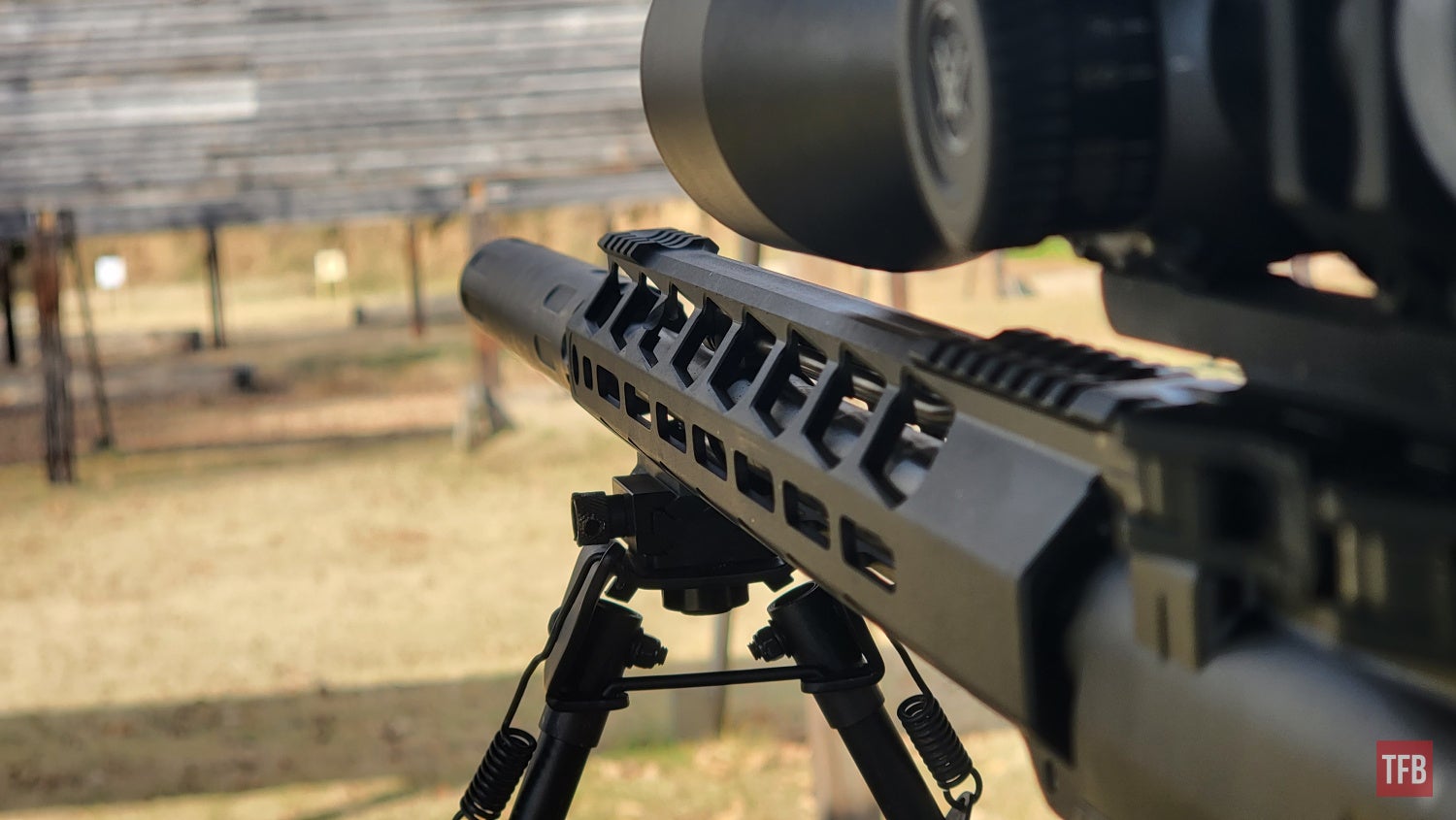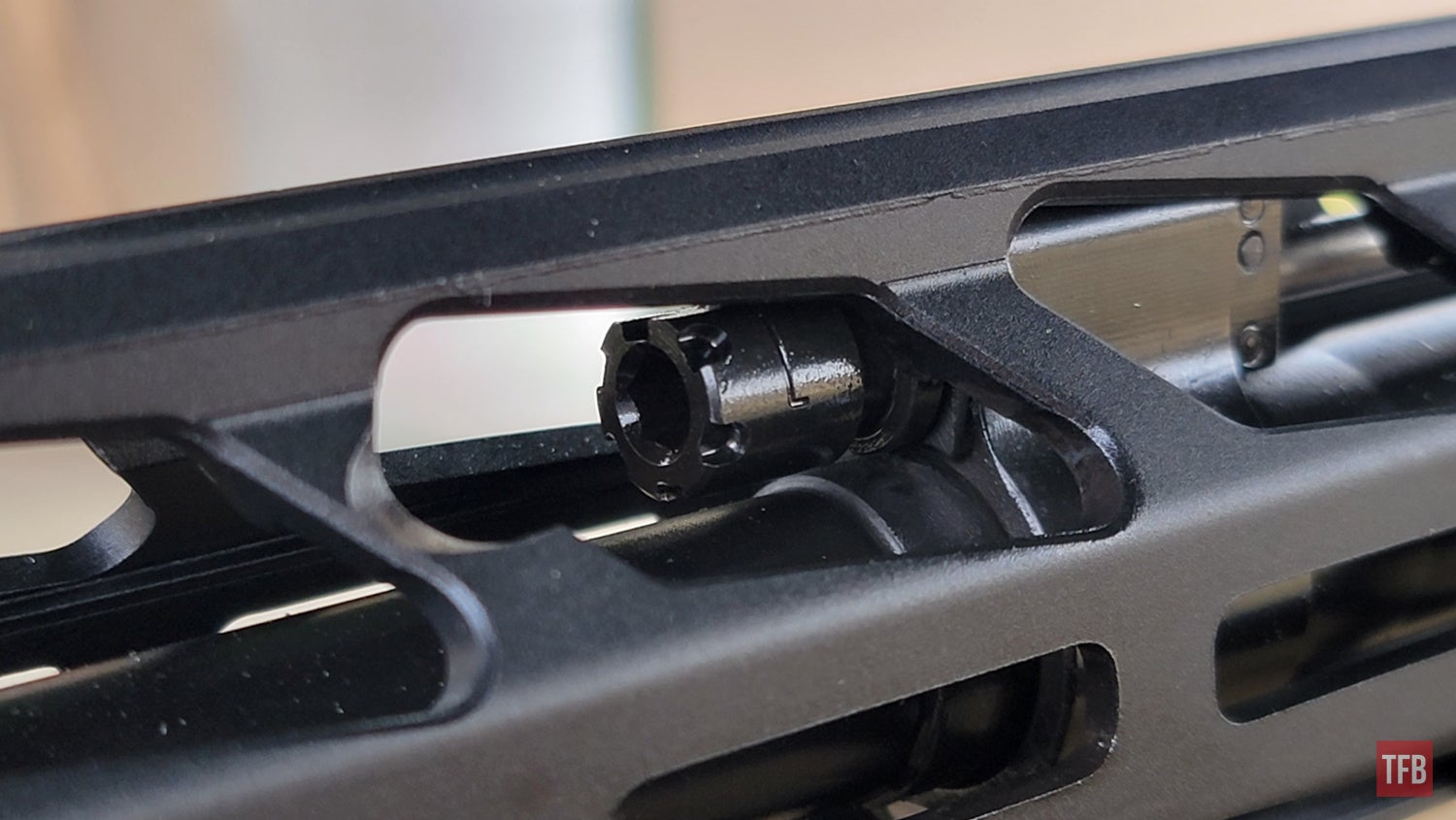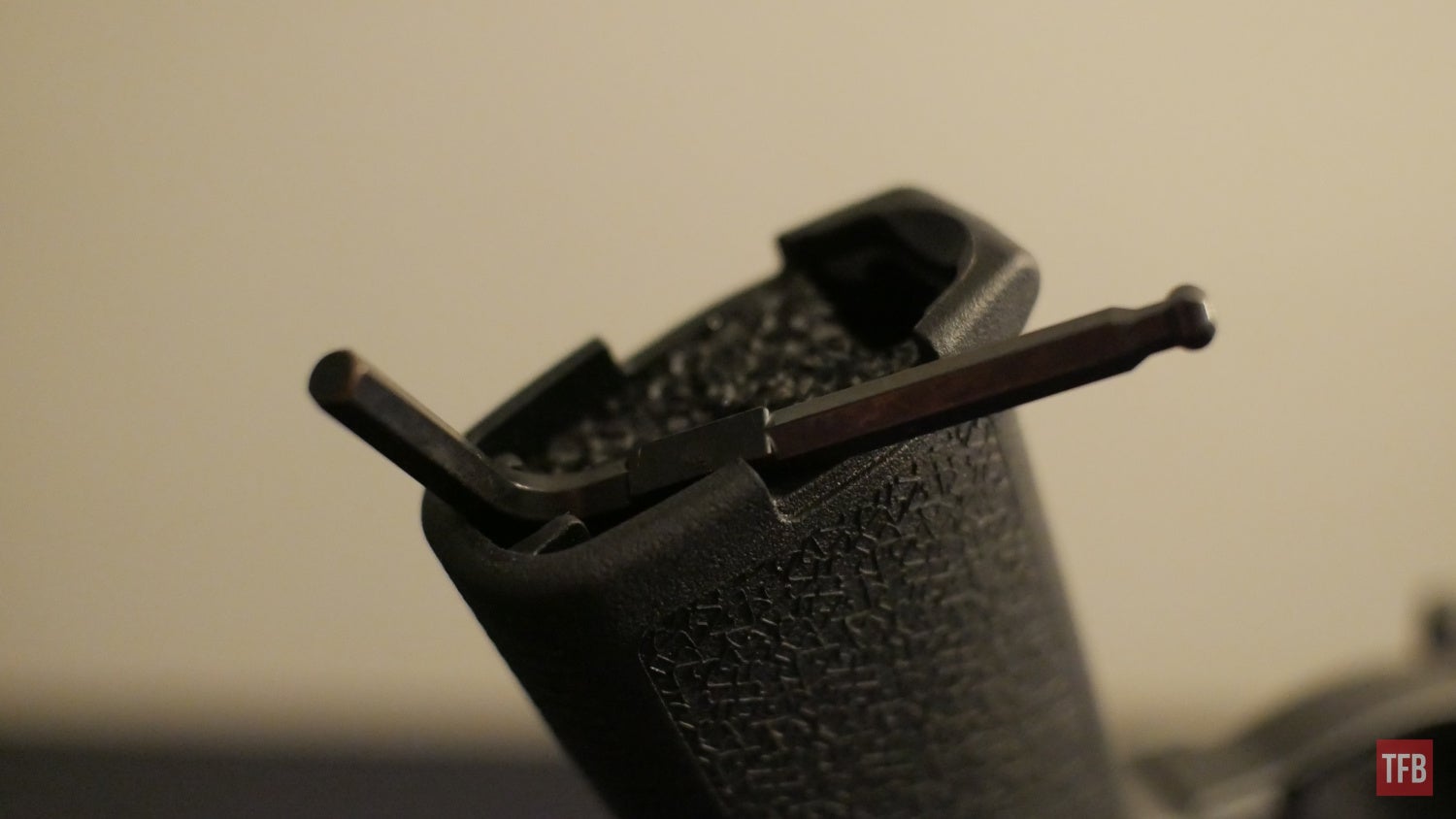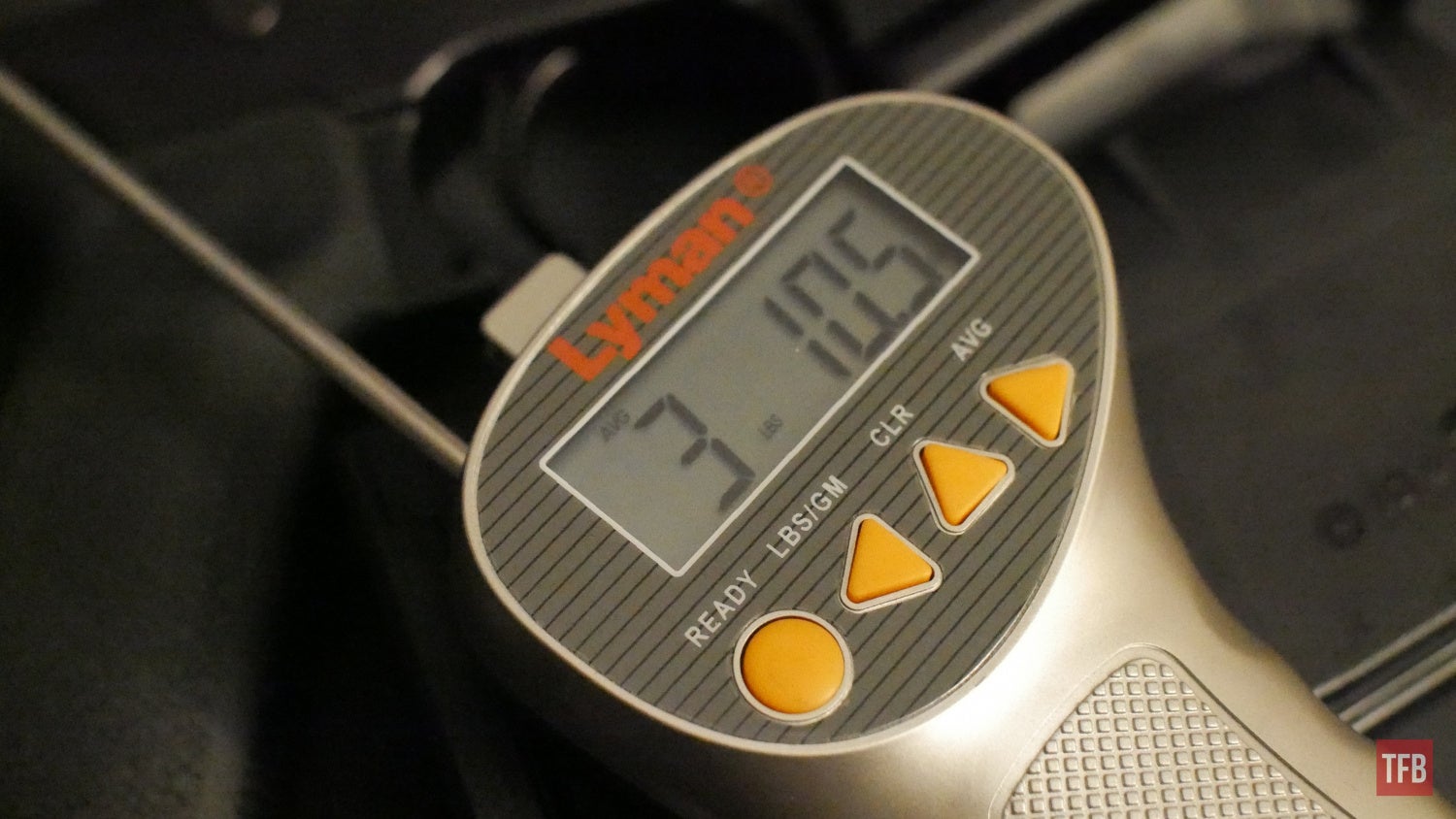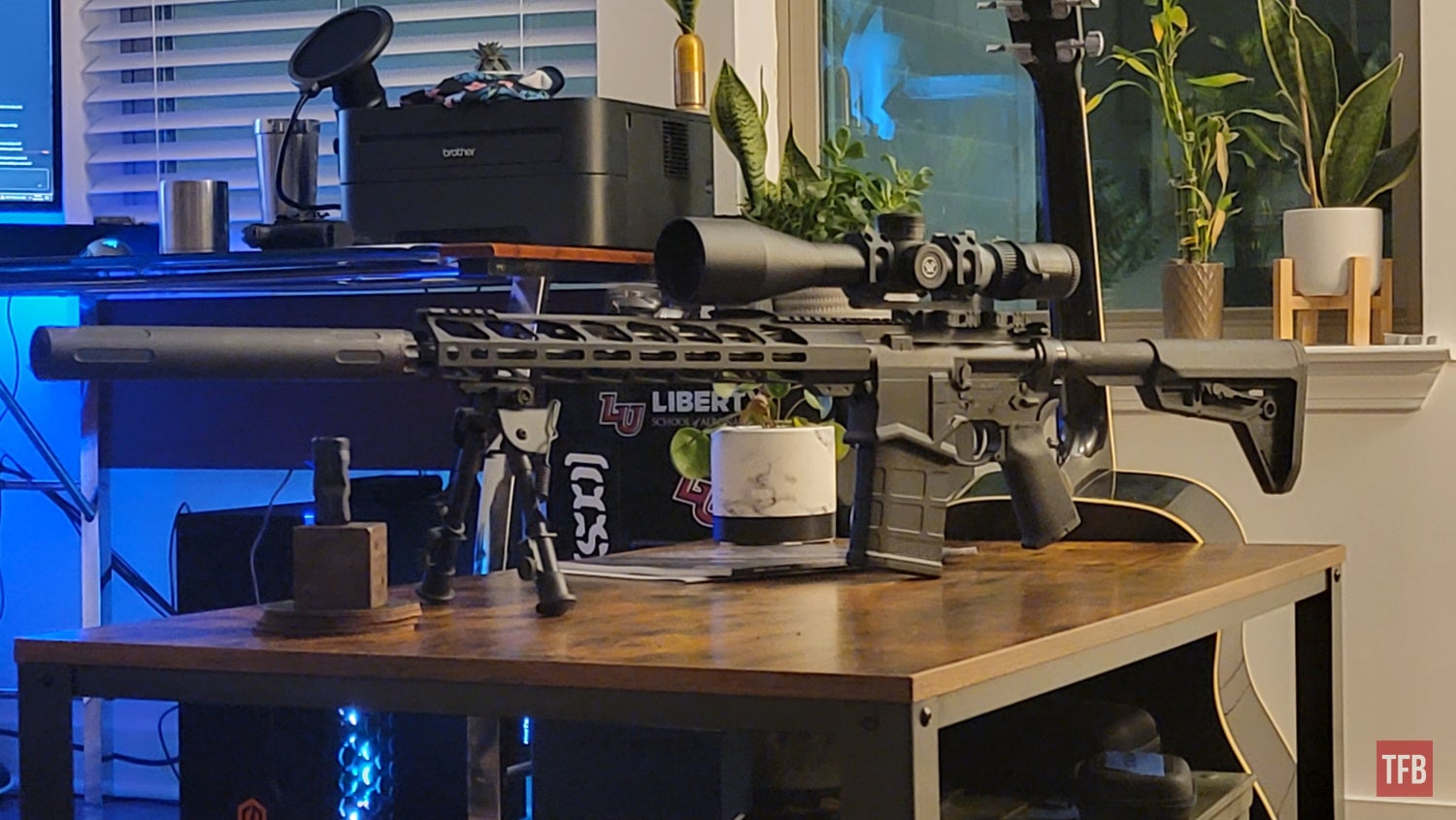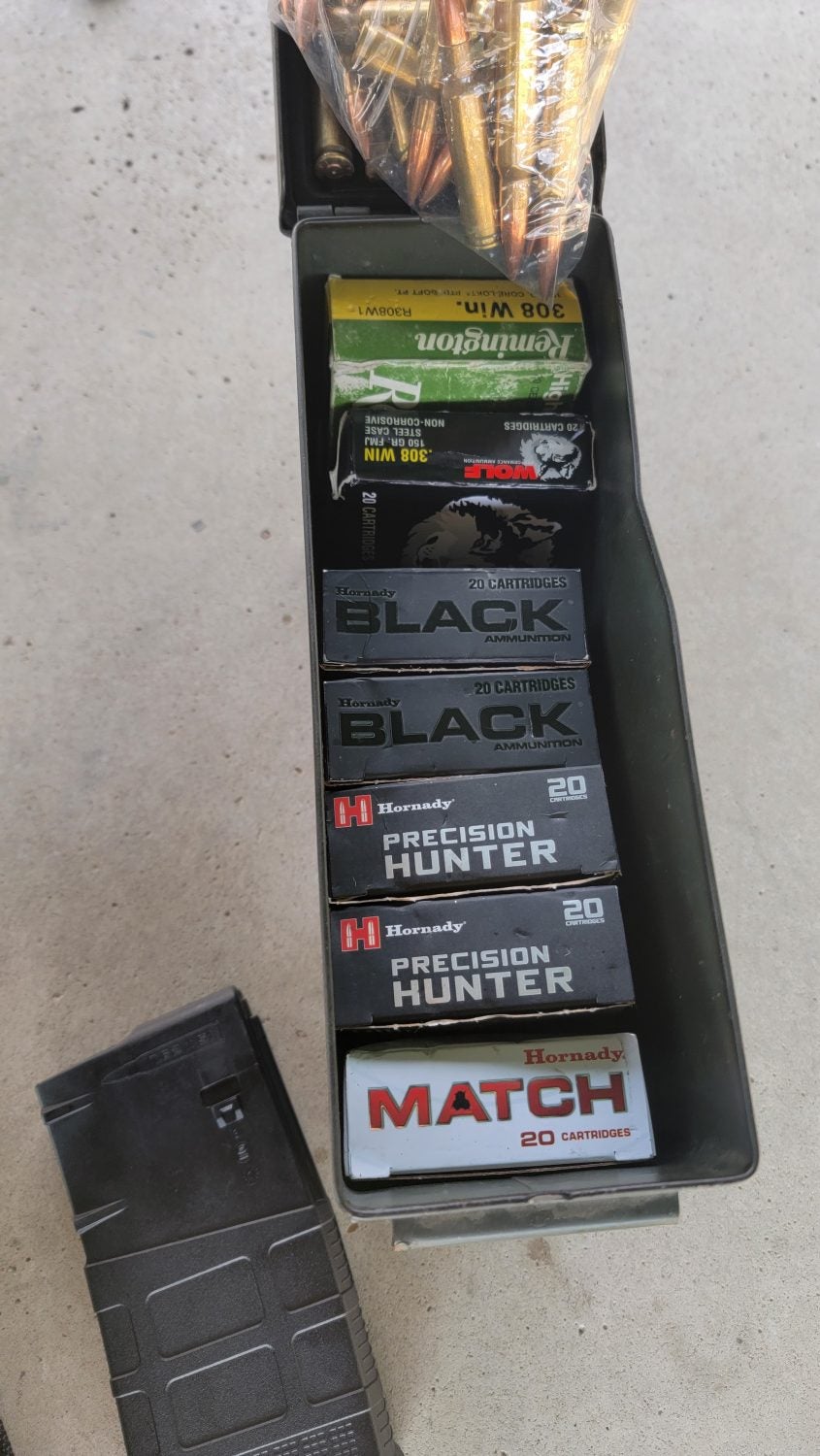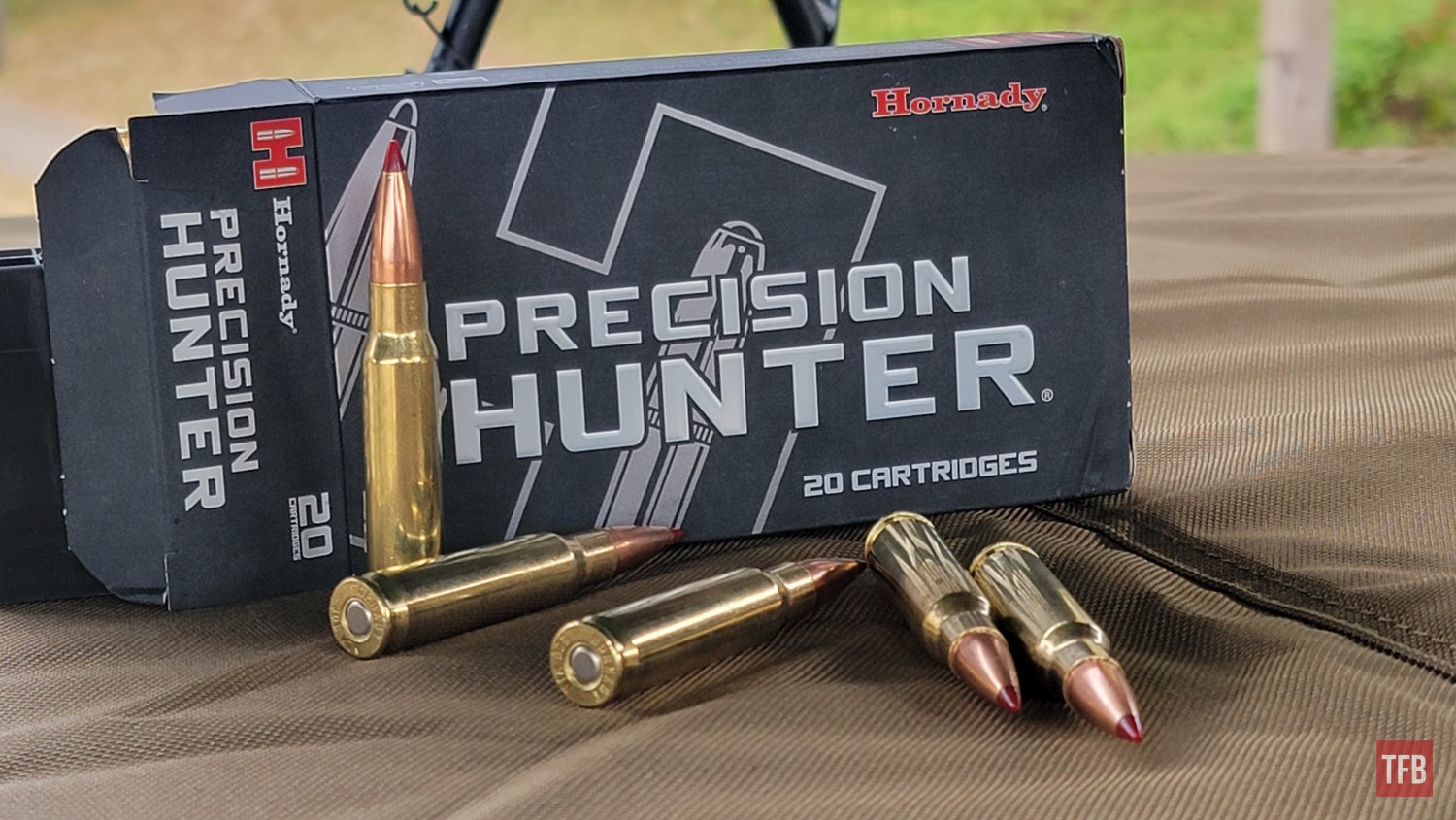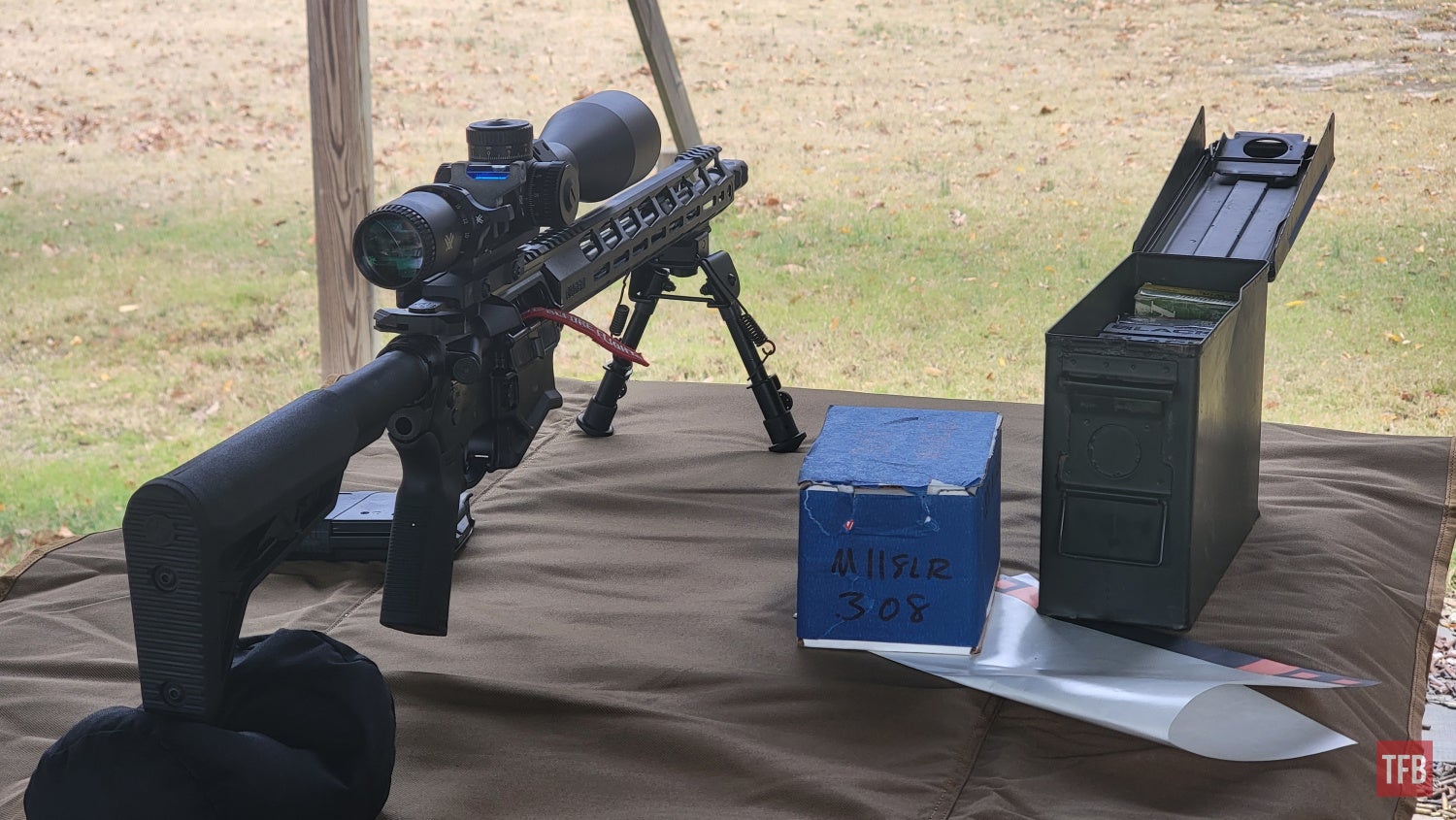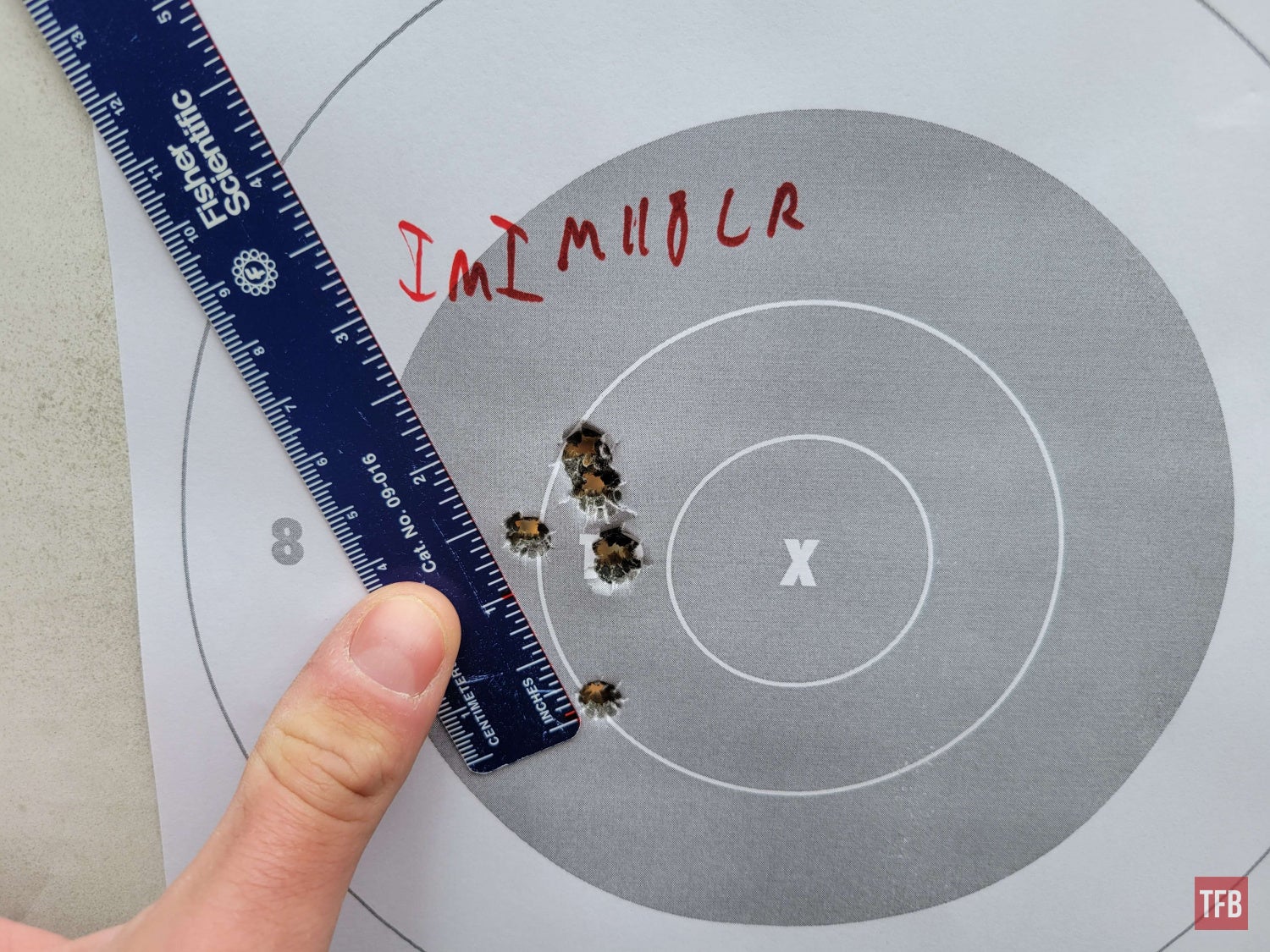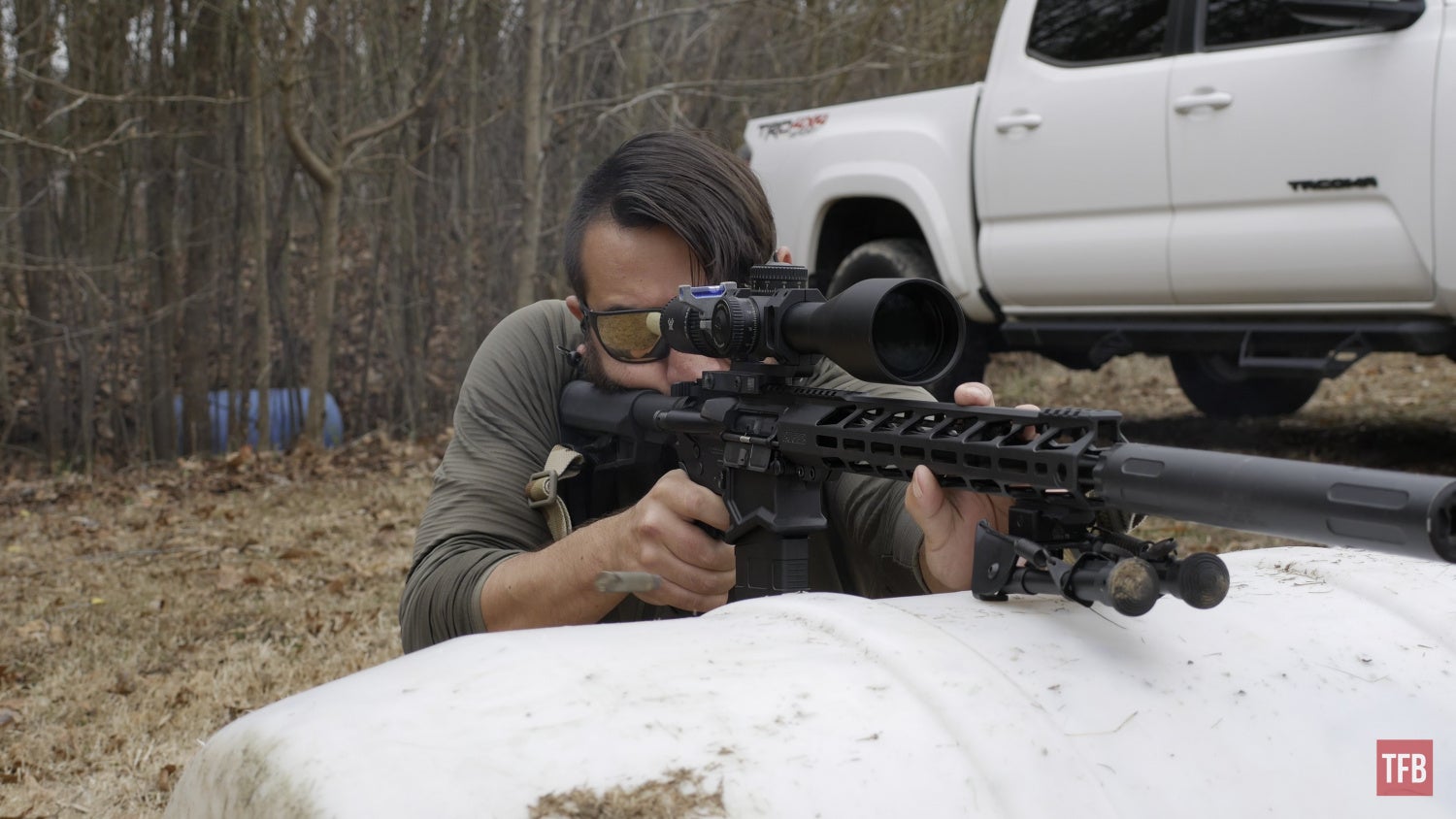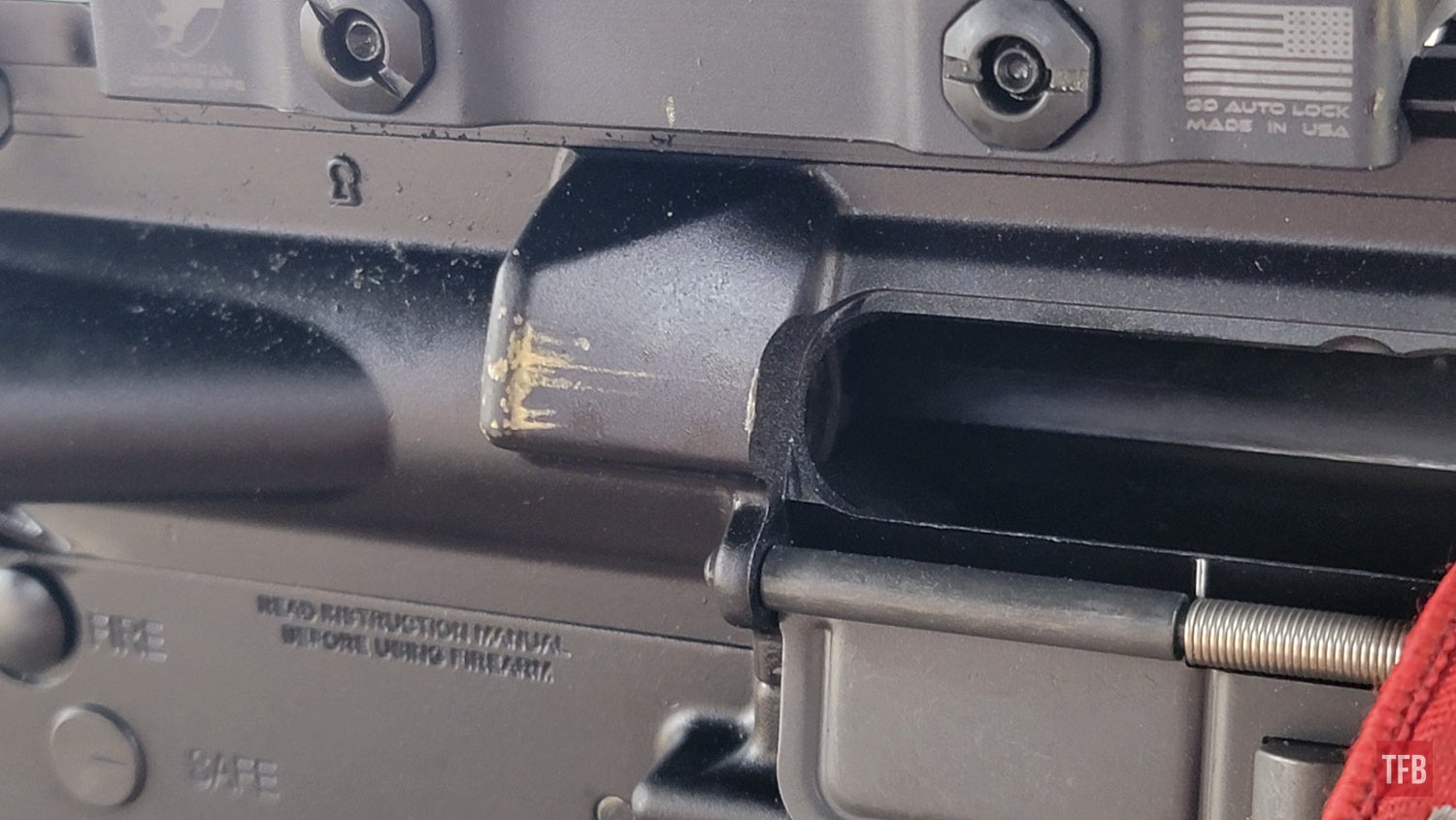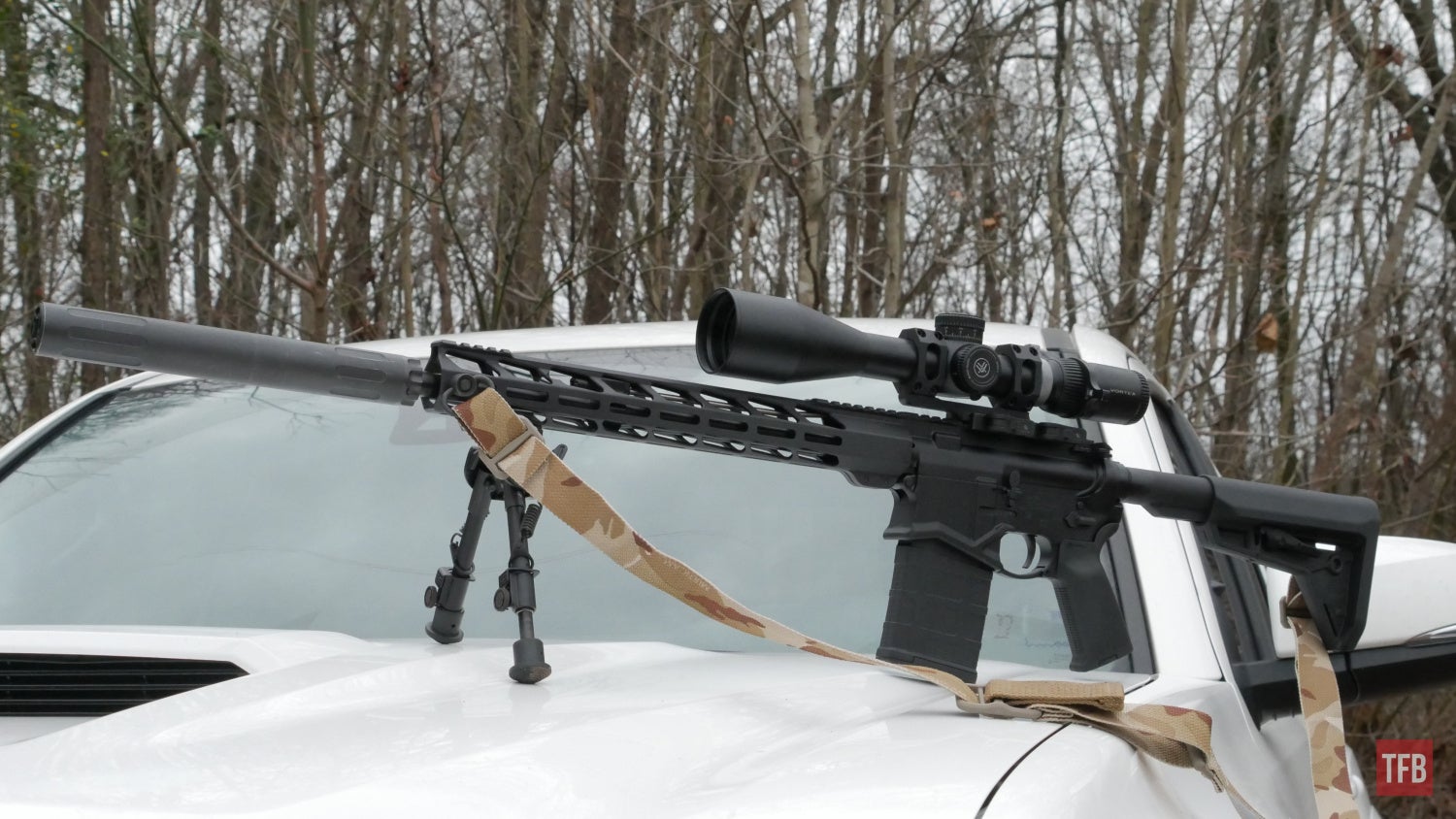The Ruger SFAR or Small Frame Auto-Loading Rifle was released earlier this year to the pleasure of many firearms enthusiasts including many readers of TFB. Judging from the initial responses in the comments from the product announcement, many of you seem interested in a lightweight small-frame AR-10 for hunting, and regular range use with the smaller frame of the SFAR being ideal for carrying afield and the reduced weight making it much more portable. However, I think the biggest draw that got a lot of readers excited about the SFAR was the price. The Ruger SFAR retails for an MSRP of just $1,229 for either the 20″ barrel or 16″ barrel configuration. This makes the SFAR one of the most affordable lightweight small-frame .308 semi-auto rifles on the market (many have compared the SFAR to the POF Rogue). We could go back and forth all day about pricing, feature sets, and use cases for this rifle, but what about its performance? I’ve had my own copy of the 16″ Ruger SFAR for a couple of months now and I’ve poured hundreds of rounds of .308 through it and also had the benefit of having two other TFB contributors who have the same rifle give me their performance data, meaning as opposed to a sample size of just one, we’re getting to see the performance of 3 different copies of the same rifle, which should give all of you the info you need to make an informed decision as to whether or not the Ruger SFAR is the right choice for you.
More from Ruger @ TFB:
- Ruger Unveils the New 15+1 Capacity Security-380 Pistol
- Wheelgun Wednesday: The Best Rimfire Revolvers on the Market
- Autumn in Maine: Reviving the Ruger Marlin 1895 Guide Gun in .45-70 Govt
TFB Review: The Ruger SFAR – An Almost Perfect Small Frame AR-10
Let’s start with the overall fit, finish, specifications, and presentation of the rifle. Many of you are probably scratching your head trying to figure out what a “small-frame AR-10” is anyway. Put simply, a small-frame AR-10 actually shares more characteristics with an AR-15 in that it is a far more flexible platform than a full-sized AR-10 rifle. Dimensionally, a small frame AR-10 from the magwell back is identical in size and form factor to a standard AR-15. This also means that everything from the grip, fire control group, charging handle, and dust cover, are interchangeable with standard MIL-SPEC AR-15 parts.
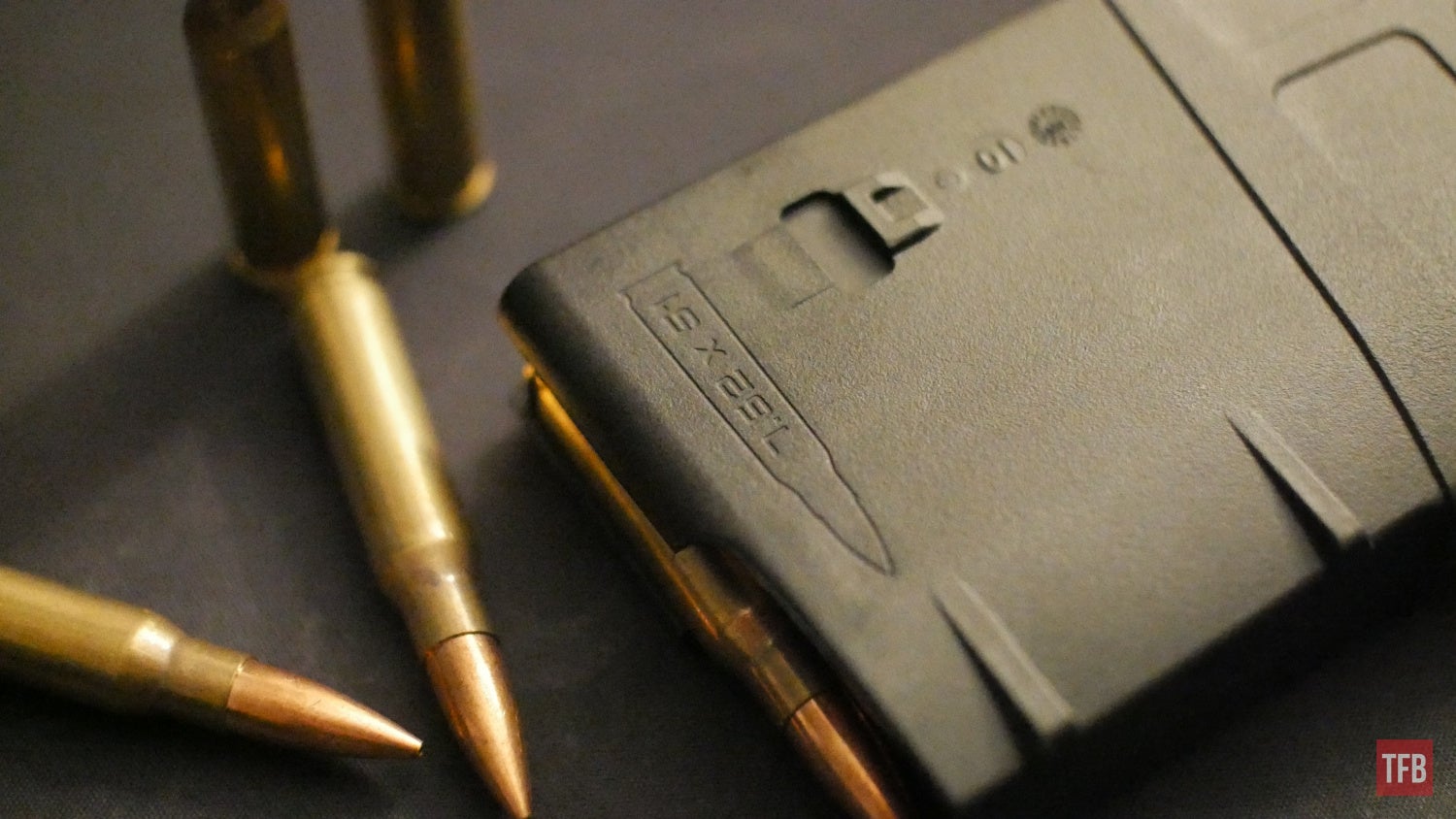
The SFAR includes one 20-round magazine.
All that being said, you’re already getting some pretty decent components when you buy the SFAR. The stock 16″ configuration of the SFAR includes a heavy profile cold hammer-forged 4140 chrome-moly steel barrel with 5R rifling, Ruger Elite 452 two-stage trigger, a 15″ free-floated M-LOK handguard with integrated QD sling swivels, and also comes complete with Ruger’s “Boomer” brake. Other small creature comforts include Magpul furniture with a MOE SL stock and MOE grip that has a small amount of storage space for tools or lube but comes populated with a small hex wrench for making adjustments to the gas block.
As far as I could tell, my SFAR came out of the box assembled correctly, and a quick at-home function test demonstrated that the safety selector on the rifle featured nice clean clicks, adjustments to the gas block yielded similar tactile and audible results, and finally the included Elite 452 two-stage trigger felt quite nice with just a tiny bit of creep in the second stage before a clean 3 lbs 10 oz trigger pull on my Lyman scale. The reset on the trigger was both tactile and audible.
For the rest of the review, I chose to mount my Vortex Venom 5-25x56mm FFP riflescope, Blue Force Gear sling, UTG Harris-style bipod, and my TiOn Inc. Dragoon 450B suppressor to the rifle. There was no discernable difference in overall accuracy when using the Boomer brake or the suppressor, just a small POI shift.
Accuracy
This is where my concerns start for this specific SFAR. When it comes to accuracy testing for .308 rifles, I almost always opt to use M118LR as my “gold standard” for what passable good ammunition is. With other rifles, I’ve managed to get sub-MOA groups with the stuff but when it came to the SFAR, I was barely managing to squeeze 2-MOA groups using the rifle and ammunition together. In addition to M118LR, I also accuracy tested Remington 180-grain Core-Lokt, Wolf 150-grain Steel Case, Hornady Black 155-grain A-MAX, Hornady Precision Hunter 178-grain ELX-X, and Some Hornady Match 168-grain BTHP.
Out of all the ammunition fired, the 180-grain Remington Core-Lokt seemed to perform the best with a 5-shot group very close to 1-MOA in size. The rest of the groups I was able to manage out of the SFAR were anywhere in size from 1.5-MOA out to sometimes 3-MOA. I had a friend of mine bring out his much more expensive LWRC REPR MKII rifle so that we could compare groups with the same ammunition. Suffice it to say the LWRC has much tighter groups using the same exact ammo but seemed to prefer the M118LR and 168-grain BTHP Match ammo from Hornady. For comparison, however, my buddy’s REPR MKII was kitted out with a Vortex 1-10x24mm LPVO and also costs over 4 times as much as the SFAR.

My buddy’s LWRC REPR MKII

IMI M118LR out of the REPR MKII

Remington Core-Lokt out of the REPR MKII
The problem I have with this particular rifle, it seems, is that depending on the ammunition, I can get anything from a maybe 1-MOA group to what looks like someone just threw a bunch of bullets at the paper without much care for where the shots landed. However, this same problem wasn’t the same for the other two sets of data I gathered from Hop and Rusty who both also are reviewing the SFAR.
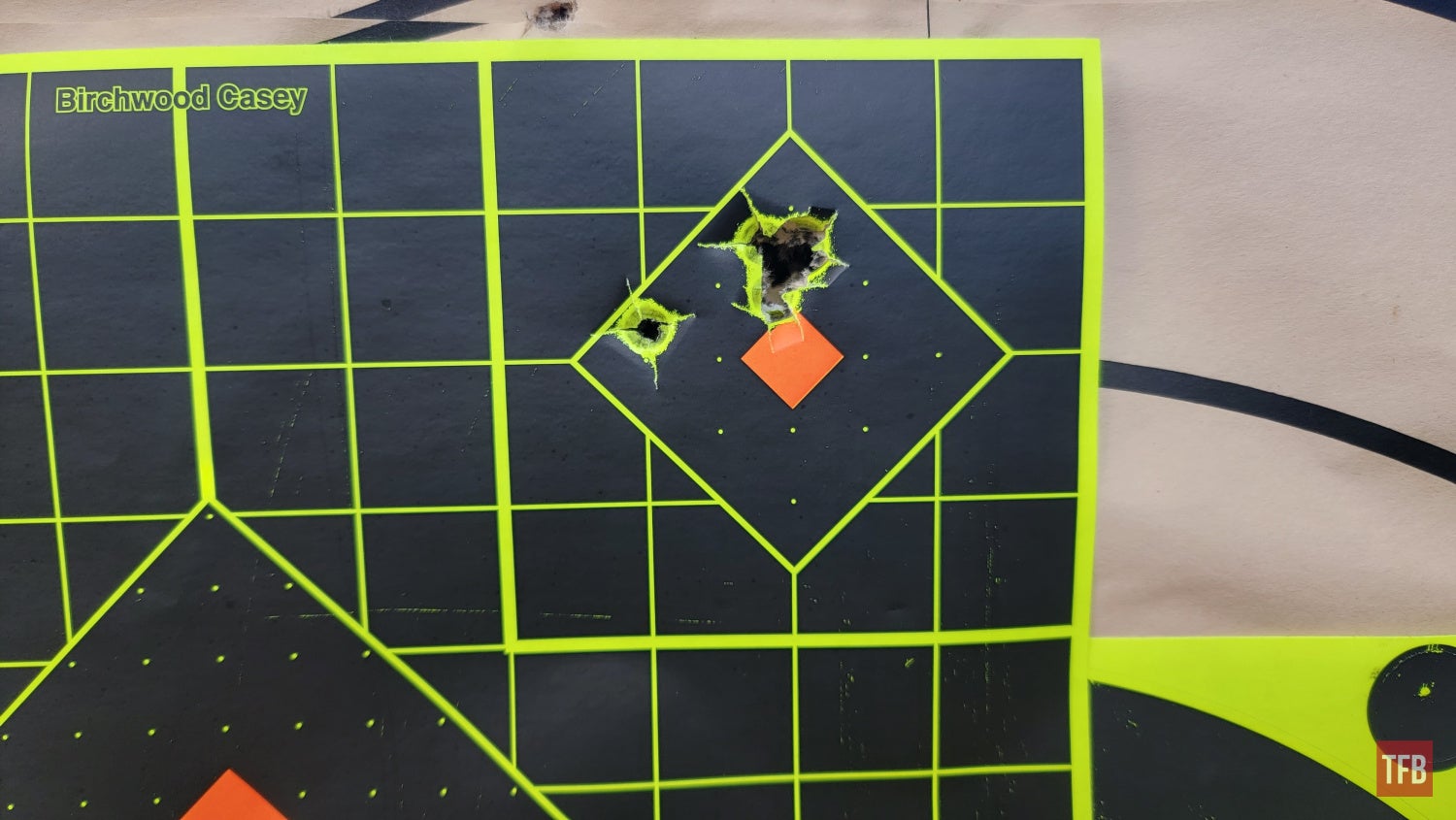
My best group with Remington 180-grain Core-Lokt (5-shots 100-yards)
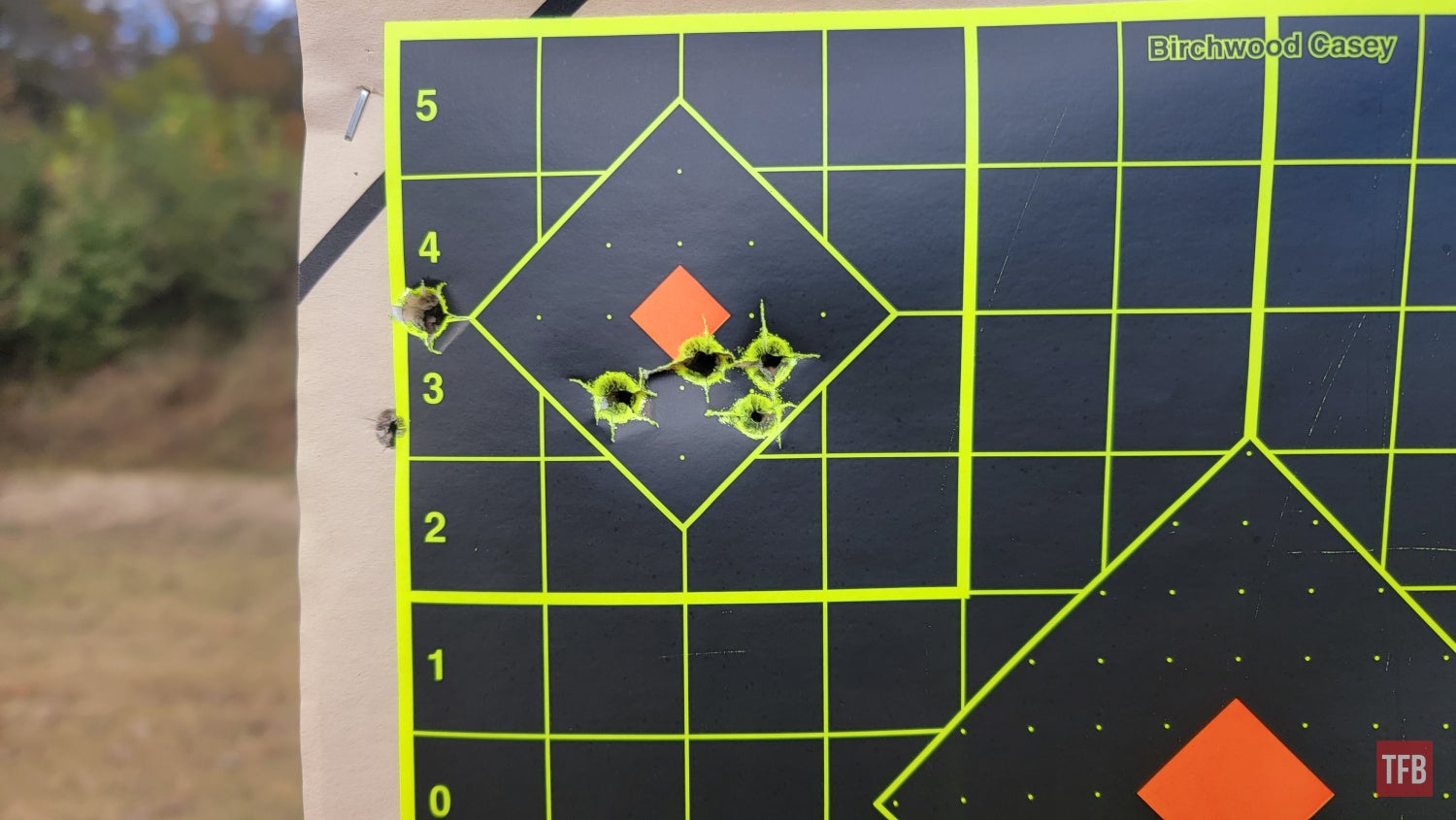
My best group with IMI M118LR (5-shots 100-yards)
Hop’s Results
I didn’t manage to get anything out of it that even looks like a group.

Hop’s rifle
Hop’s groups more or less look like mine with he and I both using M118LR for our “standard” or baseline test for accuracy.
Rusty’s Results
First shots went great! I’ll have to throw calipers on it but it’s sub MOA!

Rusty’s Rifle
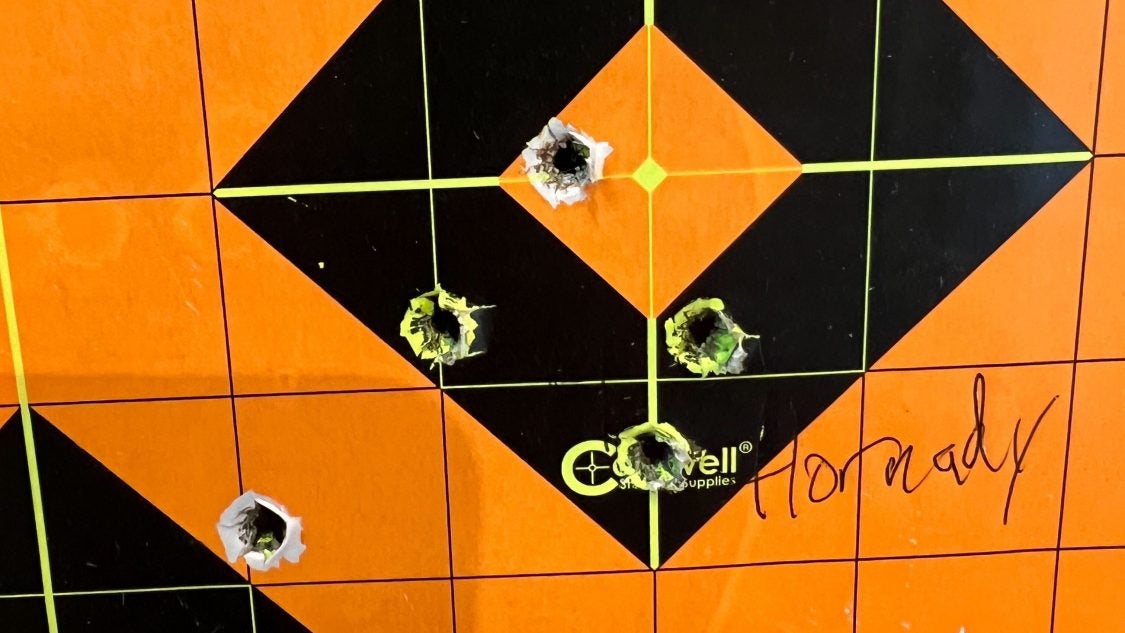
Rusty’s best group with Hornady Superperformance

Rusty’s sub-MOA group with Remington Core-Lokt Tipped ammo

Another one of Rusty’s groups using Remington Core-Lokt
Rusty’s groups were better than mine using the same ammunition, but it also seems like his rifle wasn’t capable of consistently small groups using other ammunition like the Black Hills, or Hornady Superperformance ammunition types.
Final Thoughts on Accuracy
The Ruger SFAR certainly seems capable of throwing out some good groups but it’s largely dependent not on the ammunition, but rather on the specific rifle you get. While Rusty’s rifle was capable of putting out some really great groups, both mine and Hop’s rifle could barely put together anything resembling a group using most ammunition, the exception being my copy of the rifle that did alright with both M118LR and Remington 180-grain Core-Lokt. This is a theme that also happened to carry over to our next topic of interest – reliability.
Reliability
It should go without saying that most of us expect our out-of-the-box rifles to work more or less flawlessly. The days of “break-in periods” are well over in my opinion and the modern firearms owner is more or less looking for something they don’t have to spend $200 worth of ammunition on to get working correctly. My rifle worked perfectly out of the box with no hiccups outside of improper gas settings that were done on purpose to demonstrate that the rifle was indeed working as intended. The rifle features four gas settings to work with ranging from 0, 1, 2, and 3. My rifle wouldn’t switch to the zero setting which I assume shuts the gas off entirely.
Gas setting 1 is the rifle’s suppressor setting which worked great for me when used in tandem with my TiOn Inc Dragoon 450B suppressor. When I took the suppressor off, the rifle predictably didn’t cycle. Gas setting 2 is the “default” setting for the rifle and all of the ammunition types I tried with setting 2 worked with or without the suppressor. Setting three is the rifle’s “fouled” or “garbage” ammunition setting which opens the port up fully. On my rifle, there was a noticeable difference in ejection pattern and consistency between all three settings I was able to get the rifle to run on, but none of them seemed to make a difference in the accuracy department. Rusty’s rifle shared similar results as mine.
Hop’s rifle, on the other hand, seemed to not work at all on any of the gas settings without a suppressor. While it’s anyone’s guess as to what is actually wrong with it, Hop and I determined that the most likely culprit was his gas block adjustment which didn’t “feel” correct to Hop. The rifle refused to cycle without a suppressor on with any of its gas settings but manages to work with a suppressor attached on gas settings 1-3 although Hop did note that the rifle’s “ejection was pretty weak on setting 1.”
Final Thoughts on Reliability
Once again, the results are a mixed bag of “will it or won’t it.” My rifle and Rusty’s rifle had predictable results throughout every gas setting with or without a suppressor while Hop’s rifle was more or less a big question mark in terms of when it would and wouldn’t cycle. Hop’s issues were likely related to the internal workings of the adjustable gas block and his entire list of problems could likely boil down to improper assembly or inconsistent quality control on Ruger’s part.
Closing Thoughts
I think the best way to sum up my experiences with the SFAR so far can be boiled down into one sentence: “Great Potential, Inconsistent Execution.” The Ruger SFAR seems to be put together well, has great components, is lighter and smaller than standard AR-10 pattern rifles, and also comes with neat little enhancements like a great two-stage trigger, good furniture, and an integrated adjustable gas block that allows you to dial in the rifle to suit a variety of shooting conditions.
However, the problem is that it’s anyone’s guess as to whether or not any of these features are going to work for you. Add into that the less-than-stellar accuracy with a variety of ammunition and you’ve got the recipe for thinking you’ve come home with a great deal on a $1,000 Ruger AR-10, but are getting sub-optimal reliability and consistency. This grab bag of reliability and accuracy is something I wouldn’t normally expect from Ruger.
However, given that this rifle is likely to be used mostly as a hunting rifle for mule deer and similar-sized creatures, maybe the accuracy thing isn’t that big of a difference. Down here in the mid-south the longest most hunters are going to shoot a deer-sized target is about 100 yards if I’m being generous. In that role, with good ammo, the rifle is more than what I’d consider adequate (as long as you get accuracy like Rusty and I did). In the role of a Long Range precision rifle, the SFAR doesn’t quite get my almonds activated simply because of its accuracy issues.
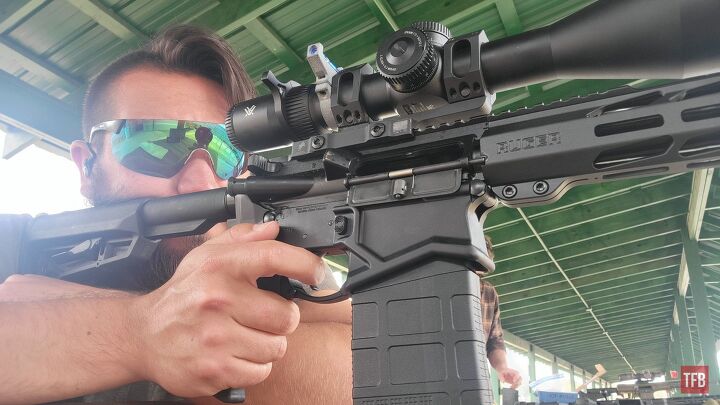
TFB Review: The Ruger SFAR – An Almost Perfect Small Frame AR-10
Taking all of this into account, I still think the Ruger SFAR might be worth picking up simply because of its asking price. The retail MSRP for the Rifle sits at $1,229 but you can already find these from big box retailers for almost $1,000 flat. You’d be paying about $150 more than a similar but larger “budget” AR-10 offering but I still think you’d be getting better overall components and access to Ruger’s customer service department which has been pretty stellar over the years in terms of diagnosing and correcting manufacturing and quality control defects. To put it succinctly, I think you could do a lot worse for $1,000.
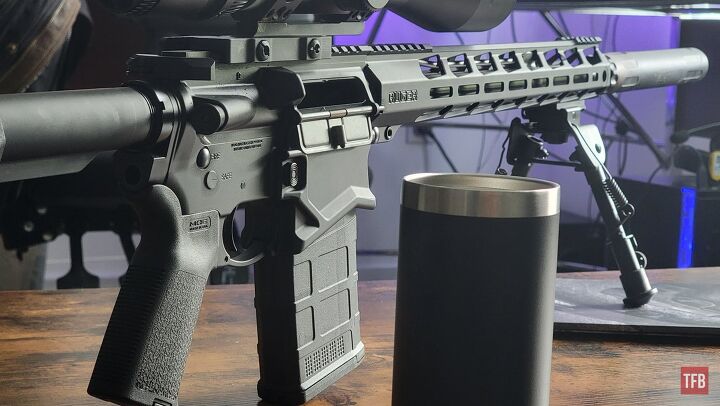
TFB Review: The Ruger SFAR – An Almost Perfect Small Frame AR-10
As always I’d like to hear your thoughts on the results you’ve seen here or in other places on the SFAR. Is $1,000 tempting enough for you to ignore some of the consistency and accuracy issues the rifle demonstrates? Are there other better options on the market or is this the best option for its price range? Your thoughts are always welcome in the comments below, thanks for reading!
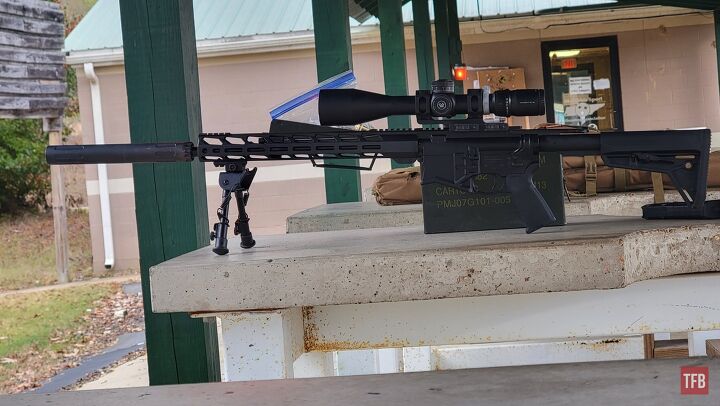
TFB Review: The Ruger SFAR – An Almost Perfect Small Frame AR-10
We are committed to finding, researching, and recommending the best products. We earn commissions from purchases you make using the retail links in our product reviews. Learn more about how this works.



